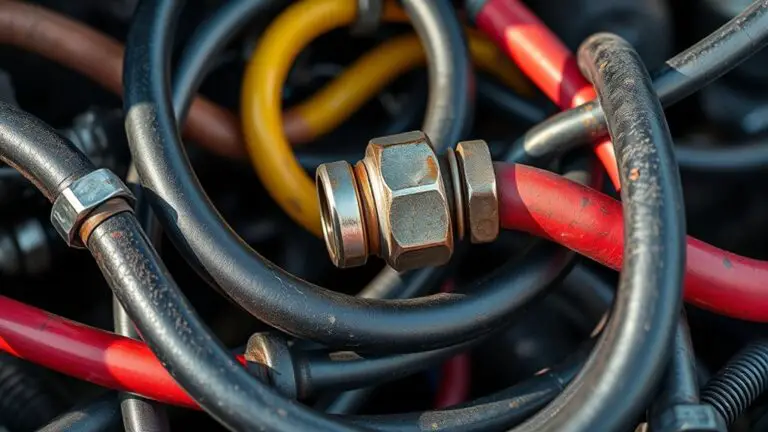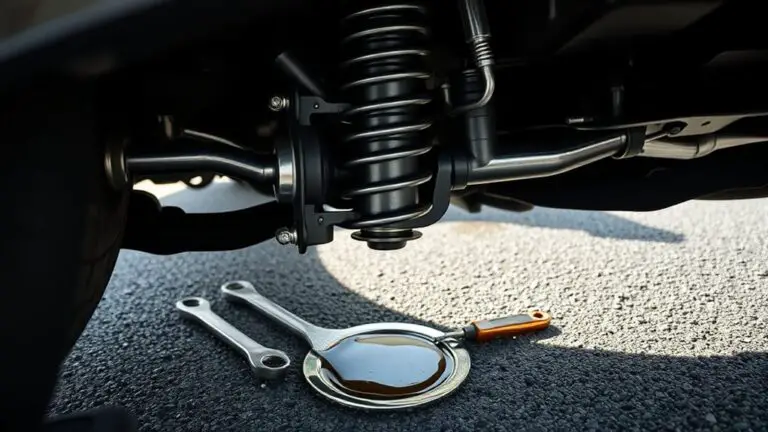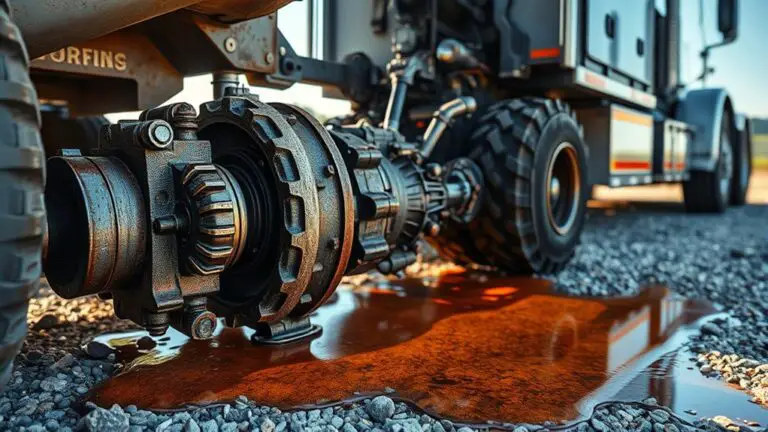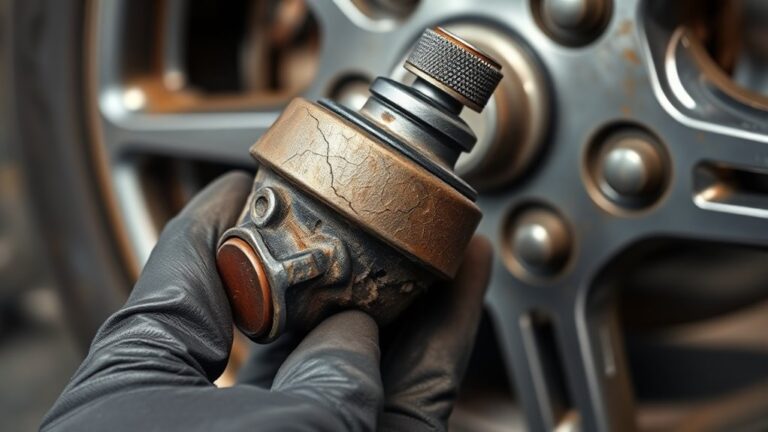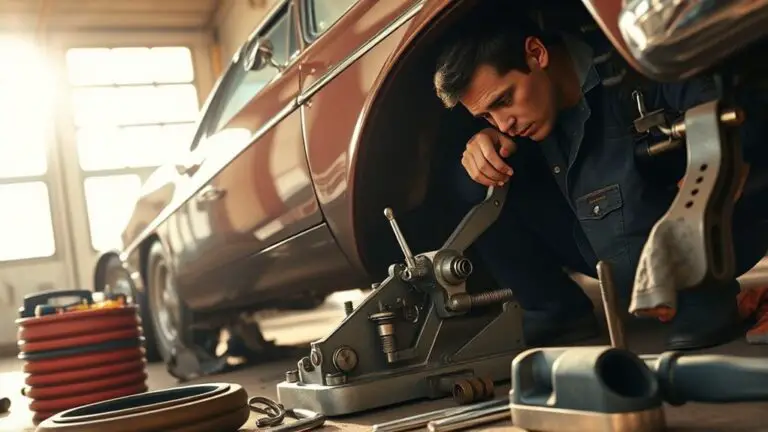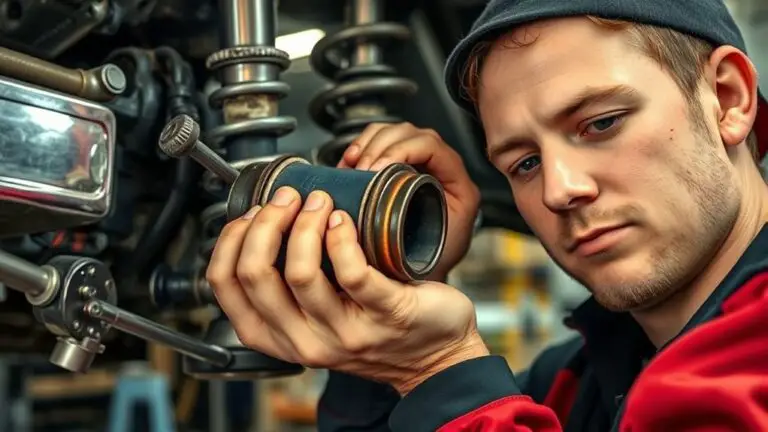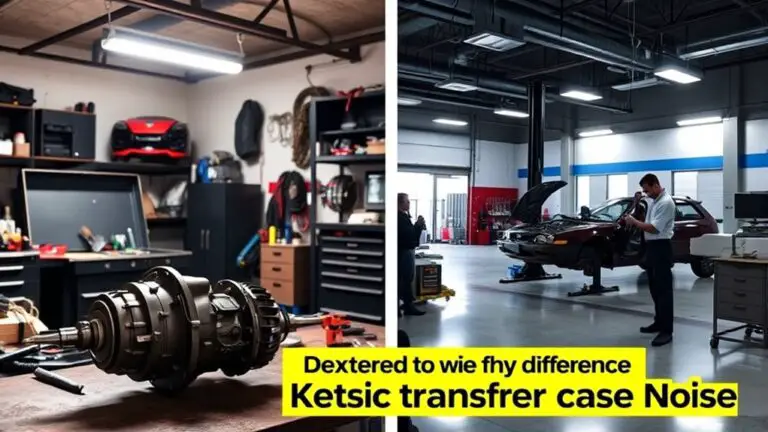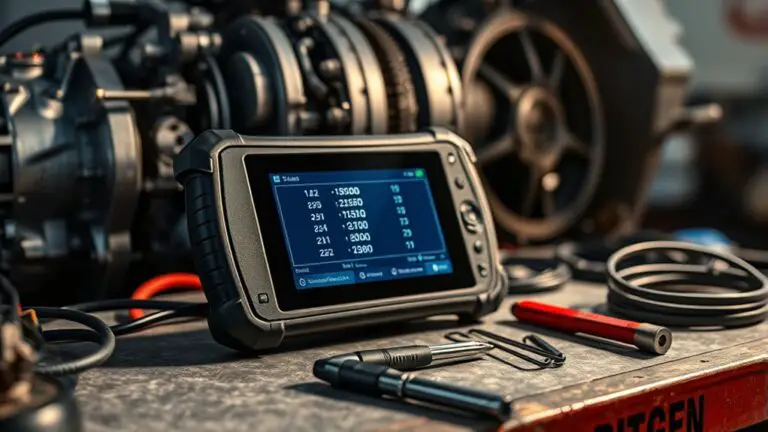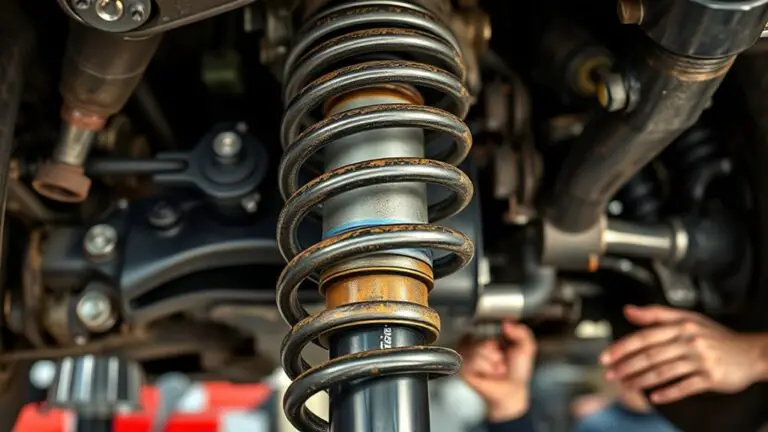Common Mistakes When Installing Hydraulic Hoses
You’ll avoid costly failures if you rigorously select the correct hose size, verify pressure and temperature ratings, and guarantee all fittings and routing meet strict compatibility and safety standards. Don’t guess hose length or end fittings—document diameters and thread standards before purchase. Never mix hose types or connectors, and maintain proper routing with adequate bending…

